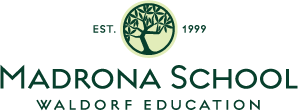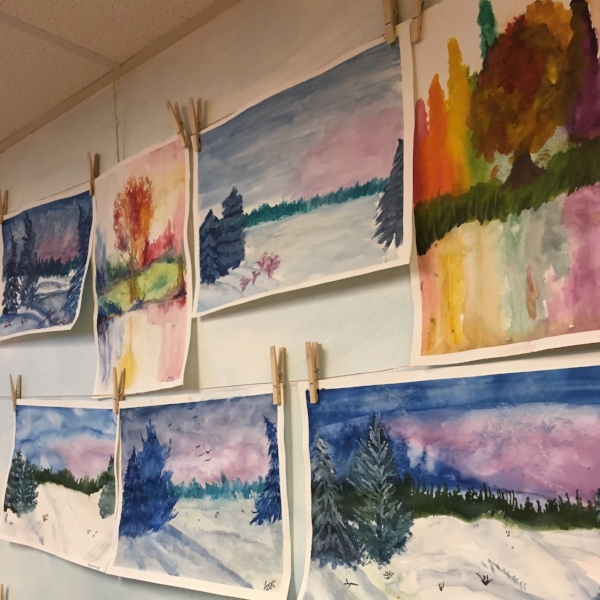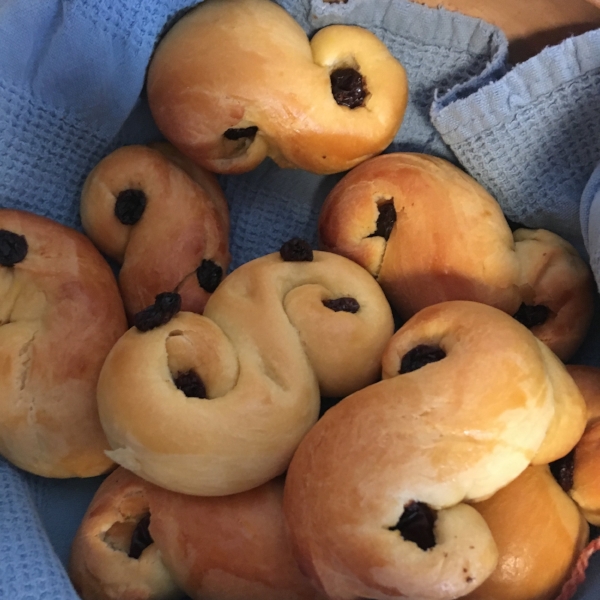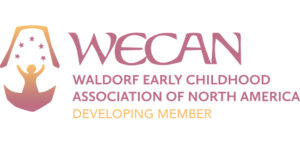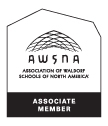There is so much to learn in first grade. It is truly hard work to sit at a desk, to stand in line, to raise your hand before you speak, to care for your own self, and learn to see, hear and care for your classmates. And then there is the academic work, and in first grade we focus on writing, reading and math. Letters and simple words and sentences step children towards independent reading; exploring the qualities of numbers and the four basic processes introduce mathematics; science comes through observing nature on neighborhood walks and in seasonal song. There is time to work at your own pace, to practice careful book work, to learn to listen well.
One example of a lesson is the first form drawing lesson mentioned above, a seemingly simple exploration of straight lines and curved lines. Students are encouraged to carefully draw both and begin to observe them in the classroom -- the world we can see is, of course, made up of straight and curved lines, an idea that is foundational to art, to writing, to honing our all important observation skills. This first lesson illustrates how we encourage each student to observe the world around them, to mindfully approach their work, and the deceptive simplicity of truly seeing what underpins how we communicate.
